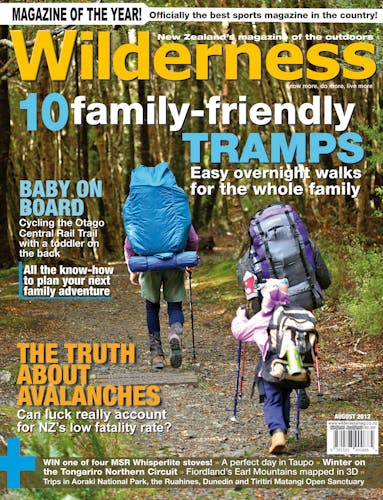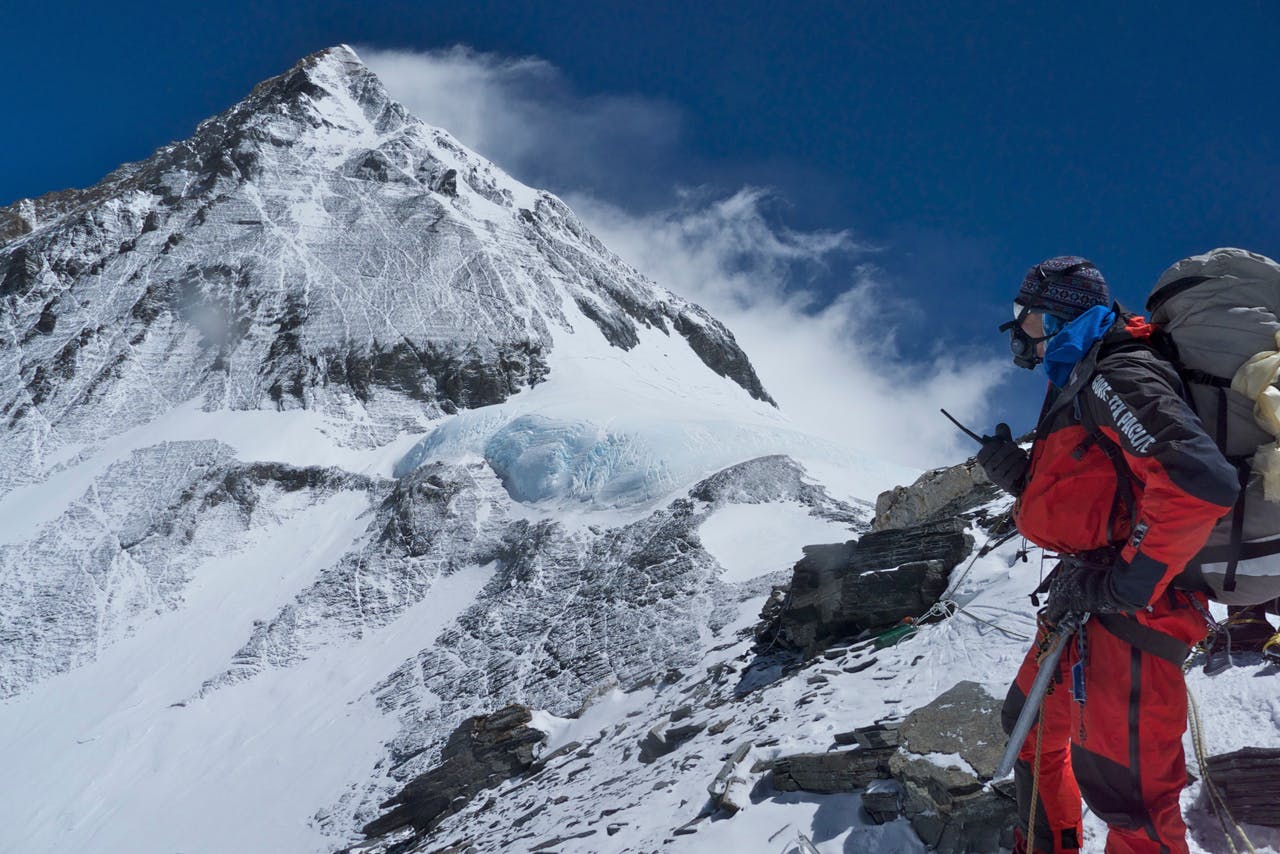Everest is still a grand mountain to climb, writes Peter Cammell, but it’s no place for the inexperienced and budget-conscious
On May 19 I was one of about 200 people who climbed Everest from Nepal. Four climbers perished that day and the world’s attention once again focused on Chomolungma – mother goddess of the earth.
The world was shocked at both the crowds and the loss of life. Pundits advanced their theories while experts provided conflicting opinions.
The world’s obsession with Everest began soon after the end of the First World War. Britain ruled the waves but needed a grand project having missed out on conquering both the North and South Poles.
Mallory and co. turned up on the north side in 1921, ’22 and ’24. And many New Zealanders have proprietary feelings for the Big E. Kiwis started going there in 1938 with Dan Bryant, returned in 1951 with Ed Hillary and Earle Riddiford, and Hillary was first to the top in 1953. Hall and Ball with Peter Hillary in the early 1990s were among the first to begin commercial guided ascents. Lydia Bradey was the first woman to solo and without oxygen. Guy Cotter and Russell Brice have raised the bar in terms of quality and safety, and guides Dean Staples, Mike Roberts, Mark Whetu, and Mark Woodward collect ‘summits’ annually.
Before this modern era, Everest was the preserve of the well-connected climber who could sell ‘lots of Weetbix or widgets’ by attaching an ‘Everest summit’ to their sponsor’s product. They sometimes headed home with a ‘summit’ but often left a mess on the mountain.
Today, most aspiring Everest summiters come from all walks of life; beneficiaries of technology, globalisation and consumerism. They are not climbers, but enthusiasts looking for a challenge.
With the increase in numbers, many traditional climbers express concern about erosion of traditional climbing values and ethics, pollution, congestion and cultural devastation.
Most fit people can climb Everest with a lot of luck, time and money. If they can acclimatize to the thin air, options exist from the budget operators who provide unqualified Sherpa guides, average food and shelter and the bare minimum oxygen, through to high quality expeditions with UIAGM guides, great food and shelter, double Sherpa help and high-flow oxygen.
On my summit day, it was congested and the significant delays appeared to be caused by incompetence. Of the 200 on the mountain, 100 would have been Sherpas and 20 to 25 were guides.
Approximately 300 climbers attempted Everest from Nepal this year as well as thousands more Basecamp trekkers. It adds up to a huge economic success story, exceeding $US7.5m, for Nepal. Much of this money is spent on Sherpa wages and local food.
Thanks to the British, who discovered the southern route in 1951, and Sir Ed, Max Pearl and others who in 1960 started humanitarian aid in the form of schools, hospitals, clean water, better bridges and access via an airstrip, the Sherpa people have embraced opportunity yet retained their unique attributes that we respect. Their culture and beliefs touched every day of my expedition. Chomolungma is revered and feared by the Sherpa. My ‘taonga’ blessing from Lama Gechi is treasured and I felt protected by our ‘puja’ ceremonies before touching the mountain. The lure of Everest, traditional culture and Sherpas with big lungs and an engaging happy character provide the perfect tourist experience.
Litter is almost non-existent on the trails, lodges mostly have flush toilets, sanitation is good with faeces removed from basecamp and Camps 1 and 2 and buried down valley. Most rubbish and fixed ropes are removed from the mountain except for broken and buried tents, some ropes and gas cylinders.
On summit day I had an amazing experience. My years of mountain experience and professional training enabled me to identify and manage the many hazards. During delays I enjoyed looking at the mountains of Nepal, the icecap and the curvature of the earth. It was a huge thrill to walk in the footsteps of Sir Ed and Tenzing and get close to the epic tales of Mallory, Hillary, Bonnington, Scott, Venables, McCartney-Snape, Messner, Brice and Cotter, and I shed a tear for my mates Rob Hall and Andy Harris.
However, Everest will always have a sting in its tail. We hear about the deaths, but not the large number of frostbite or brain damage victims. On the walk out, I met a couple of Czech climbers who had a terrified, faraway look in their eyes; probably because they witnessed one of their teammates die above 8700m and their hands were frostbitten. An Australian climber I met had turned back from the South Summit after he progressively became blind.
Ice avalanches were constantly releasing in the icefall and Camp 1. Crossing steep rock, where up to 20 climbers were often attached to one rope held by one anchor, concerned me.
For me, the Nepal and Everest experience was fantastic. However the climbing hazards have increased and because of this, I believe inexperienced climbers combined with poorly resourced expeditions will guarantee significant loss of life in the future.
– Peter Cammell is a qualified alpine and rock instructor and is past-president of the New Zealand Alpine Club. He climbed Everest with Adventure Consultants.







